How To Sell Homemade Food Products Online in 2024
Have you ever received compliments such as: “You should be selling this. It tastes really good!”? Many good cooks and bakers would just laugh it off and continue to make wonderful foods only as a hobby. But with the dawn of new laws that provide a clear guideline to cooks and sell food from home, food entrepreneurs can start right from their home’s kitchens.
More importantly, with the help of the Internet, starting a successful food-oriented business is totally a viable option now. If you want to package and sell your jam, candy, soup, or mama’s salsa, you can find many customers online willing to try a new taste sensation. Many people leave their favorite receipts in the closet, but you can turn your love for food into a profitable business.
In this article, I’m going to walk you through the basic guidance, legal requirements, and costs to start selling homemade food products online quickly. So, put on your apron and turn on the stove, because money can roll out at any time!
What is a homemade food product?

In definition, homemade food is a type of food created and processed in someone’s home to be eaten at the location or shared with other people. This means it is not for commercial use. For homemade food products, the only addition is that these are the foods that were made at home to sell and gain a profit.
Here are some statistics about the food industry so you can have an idea of its scale:
- Total food sales in the U.S amounted to more than $2 trillion dollars in 2017.
- The package food industry is valued to be around $377 billion dollars.
- Online food shopping is predicted to be a $100 billion industry in 2022.
- More than 260 million posts on Instagram have the hashtag #food.
- Packaged food sales in the U.S was $372.77 billion in 2017.
The difference between a homemade food product and a meal prepared at home is the unique complications and regulations. National government and regional organizations regulate and monitor the food industry closely to ensure safety. So homemade or not, food entrepreneurs need to stick to the rules and control the quality.
Note: Each country and region will have different food laws and regulations, when some industries like alcohol or dairy may have additional rules. While I am going to talk about general legal requirements in this article, you still should consult with a lawyer or local government to receive specific information. This is for the best protection of your homemade food business.
Recommendation:
Types of homemade food products
In many examples, the best online business ideas come from passions or hobbies. If you like making jam or growing tomatoes in your backyard, that is a good start. But in the food industry, there are laws that specify what you can and cannot sell. I’m going to assume we are selling in the U.S in this article. You can check with your local government for more information.
What you can sell

In the states, if you are selling homemade food products, you are under the regulation of the Cottage Food Laws. This is enacted by state legislatures and local health departments to eliminate the barrier involved in commercial food production and allow home-based businesses to sell food more easily.
However, these laws limit the types of food that you can sell. In general, all homemade food products have to be considered “nonhazardous food items”. You will be required to have food handlers permit too - which involves a brief training course (with fees).
The foods that you can sell often have low risk for foodborne illness. These can be named such as coffee and tea blends, baked goods such as breads, cookies and breads, dry foods such as granola, popcorn and chips, jam and jellies, some cakes, homemade pickles, and other preserves.
A good rule to follow is that if a food requires freezing, refrigeration, or precise handling to be safe for human consumption, it is probably not allowed. Check with your local department of health’s website for more details.
What you can’t sell
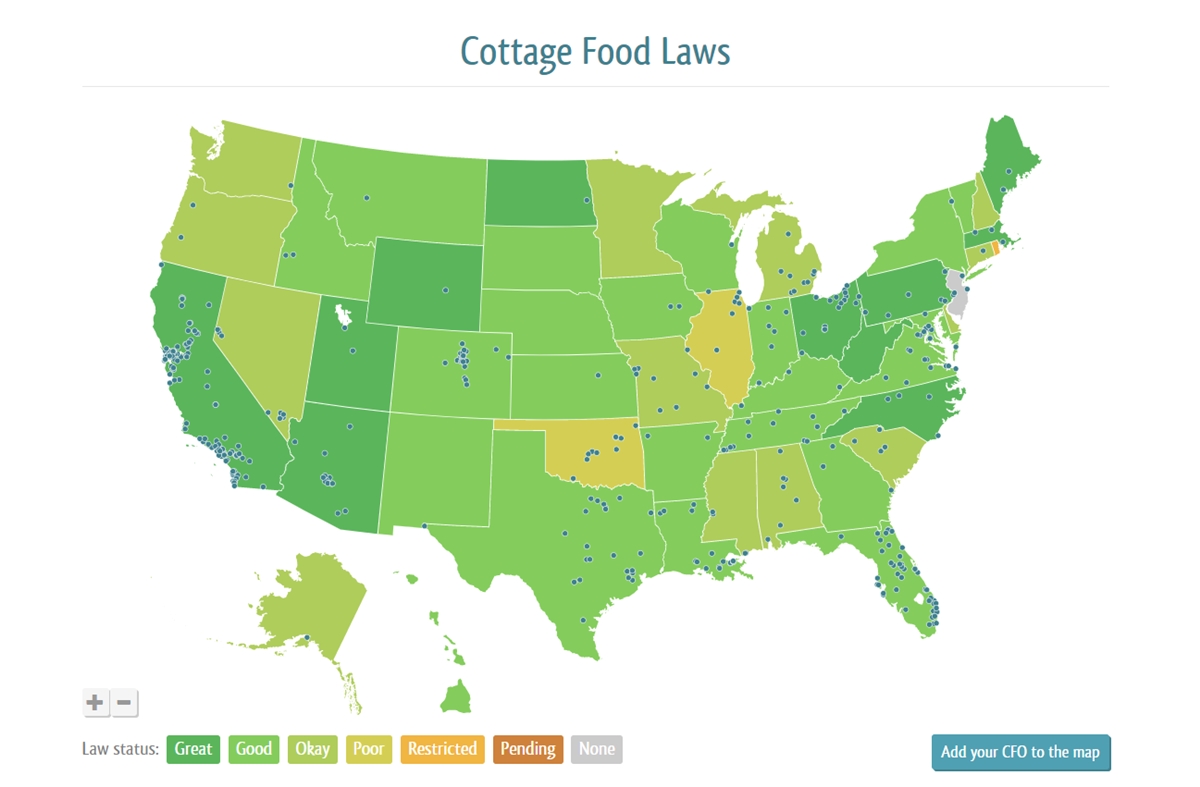
In a nutshell, homemade food stores are prohibited from selling any product that has a high chance of food-borne illness, which typically narrows down to foods that require refrigeration. Which means entrepreneurs can’t sell home favorites such as ice cream, cheese cakes, certain types of pies, poultry, meat, and dairy products.
So if you are thinking of selling your “world-famous” venison jerky or puffy cheese cakes, think of something else. You will also be required to label your products including a line that says “This product is made at home and has not been inspected.”
If you want to know more about Cottage Food Laws per state, check out Forrager website. The site lists all the allowed homemade products to sell, types of food you may sell, and maximum revenue you can make per year. There is also a FAQ page that details answers for how to write labels, can foods be sold across states, or does maximum sales include net or gross profits.
What you should sell

With the guideline above, you can write down the possible ideas of food that you can sell. Your passion or hobbies is still a good place to start. You already understand the process, and have had experience testing the recipes. Then, you can test it viability by asking these questions:
- Is there a market for this product?
- If the market is saturated, how can your product differ?
- Is there an untapped niche audience?
- Can your product be sold online and shipped easily?
- Does your product fit the food trends?
For a homemade food business that requires a low investment, few shipping challenges, and minimal equipment, here are some ideas:
- Dried herbs
- Packaged snacks
- Candy
- Canned and pickled products
- Coffee and tea
Pros and cons of selling homemade food products online
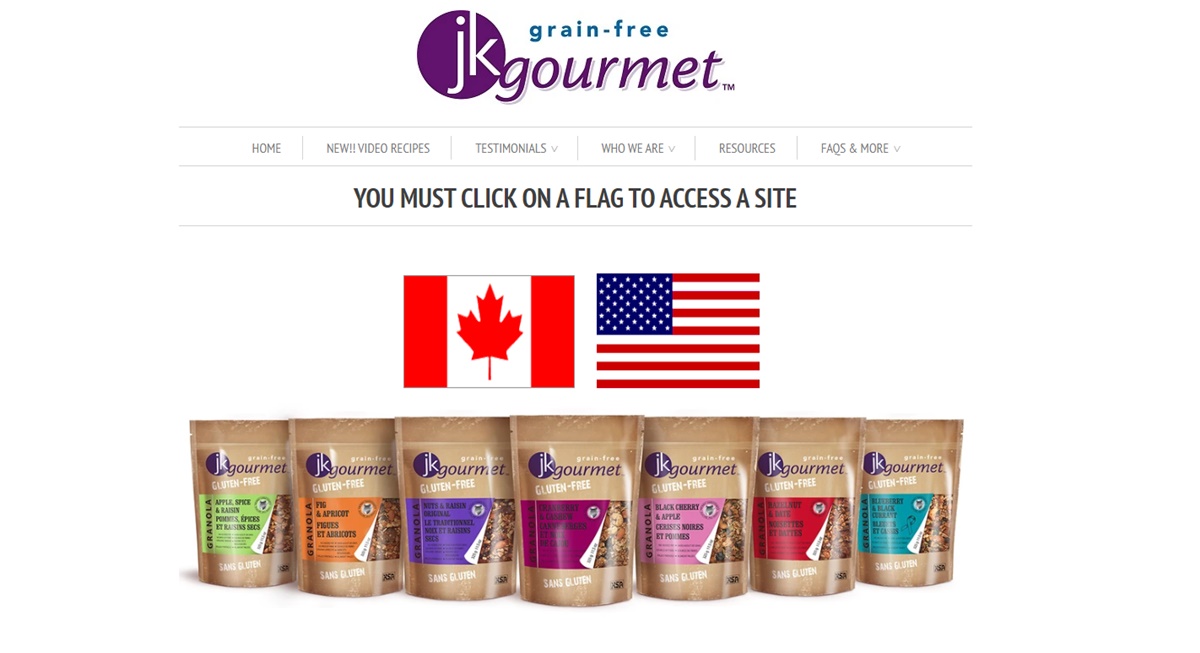
While starting to sell homemade food products online may be a great idea, you should still carefully weigh the pros and cons of it. Here are some of those.
Pros of selling homemade food products
- Save money and reduce start-up costs: Most kitchen utensils costs, rent, utilities can be avoided since you are using your own property, and you will save commuting cost. Some states even offer tax deductions based on the percentage of your house that is used for business purposes.
- Test your products with less risk: No startup costs and fewer legal requirements make homemade products the best way to test your food in the marketplace. After you are sure about the quality, you can invest a lot of money and time.
- Work from home: If you are a mom, working from home eliminates the long commute and gives you more time to spend with your family. It can help you balance family, career, income, and wellness.
- Work when you want: If you are your own boss, you can choose your schedule and workload.
- Connect with the community: Food is appealing to all and you can use your business to meet new people around you. A good relationship with your community will nurture your brand and ensure a valued name in the industry.
- Unique customer experience: Being small and dynamic makes your offer different from everyone else (including competitors). You can customize your service for local customers, online buyers, or curious prospects.
Cons of selling homemade food products
- Some changes in the kitchen: To run a home-based business, you must comply with the local laws and regulations. Be ready to make a few changes and have a safe food-making environment.
- Production and marketing costs: Making a name for yourself needs good marketing. You need to join tasting sessions, run advertisements, collaborate with partners to get more clients. This leads to higher cost of production.
- Your family space: Can you separate the living world and the working environment? Your cooking, preparation, sales, and marketing can greatly affect your family’s lifestyle. Consult with them first before starting. You need to require them not to distract while you are cooking too.
What does it take to sell?
According to the Cottage Food Laws in most states, you must meet the following requirements to get approved as Cottage Food Kitchen. Keep in mind that these are just general rules, your country, state, or location may have other legal obligations.
- Your kitchen must be inspected in some forms.
- You must get a zoning clearance or permit from a local department of health or department of agriculture.
- You must have a business license.
- Your pets may not be allowed to be in the kitchen.
Overall, it won’t cost you much to start a business in selling homemade food products online. If the product is something you are familiar with, there is a high chance that you have everything you need. The regulations often take about a month or so to complete all the requirements.
However, there is a limit to how much home-based food businesses can earn. Depending on each state, an annual gross sales cap ranges from $5,000 to $45,000. It doesn’t mean you can’t scale your business more. If you overgrow, your brand can transform into a full-scale licensed commercial food manufacturer.
How can you start selling homemade food products
At this point, I’m going to assume you already have your choice of product. Even if you haven’t, seeing the whole process may help you ignite some ideas. Let’s see how you can start selling homemade food products online.
Choosing ingredients
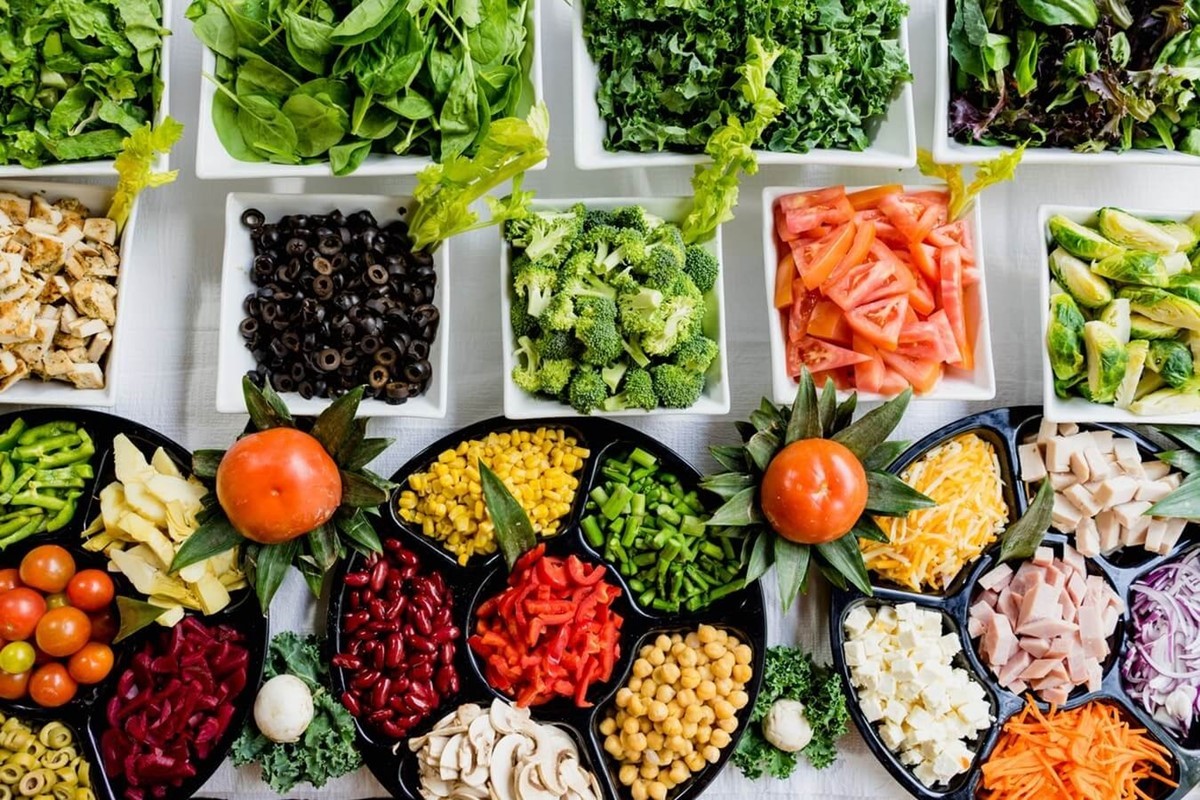
Advised by food lawyers, you must make sure everything written on your packaging is matched with what is inside.
For example: If you plan to make an organic product, be sure that your raw ingredients supplier has the right certification. Work closely with your distributors to ensure this.
While you are just starting out, you can save money by shopping for ingredients at consumer warehouse club stores, such as Sam’s Club or Costco. And for commodities like coffee beans or cacao, look for a middle man who works directly with the farmers to get the best price. Teaming up is another great option, find other small-batch producers to wholebuy ingredients together.
Packaging and branding
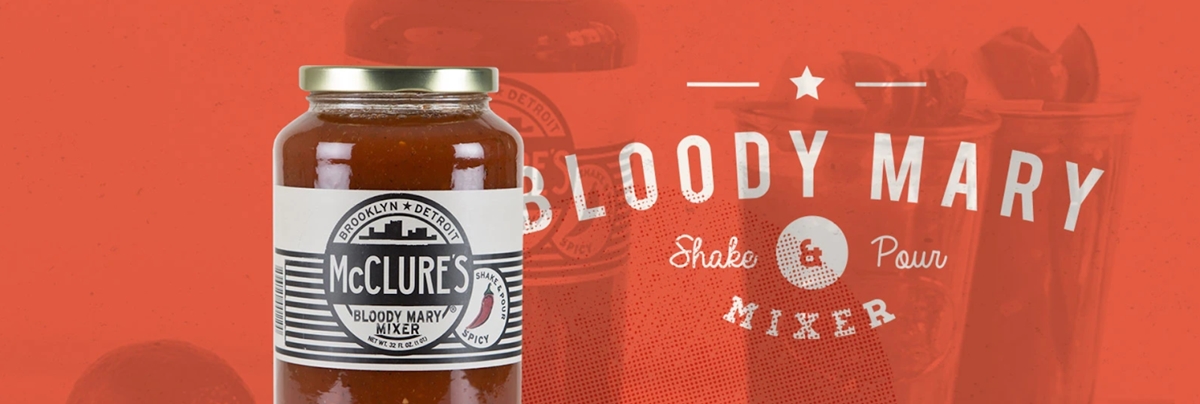
After you have registered your home as a facility for the business, it is time to produce the delicious food. Since you are selling online and customers can’t sample your taste, branding is incredibly important.
Package design, website, product page, photography, package copy, they all should tell your story and help customers imagine the tasty treat. Consider hiring a professional designer to help showing your product as appealing as possible.
Aside from that, each country and region may have different labeling requirements. This means the package information may vary, from best before dates, allergen warnings, to nutritional information, and country of origin. If you want to export your product, check the destination country or state’s rules before labeling.
Pricing

One thing for sure, there is no one magical pricing formula that will work for every business. List your costs, and keep adjusting the price until you get it right. If you believe in the value of your homemade food, price it accordingly.
That said, your finished product’s price should absolutely include these costs:
- Ingredients cost (plus shipping)
- Packaging cost (bags, jar, boxes, string, labels, etc) plus shipping
- Labor (your employee’s or yourselves hourly wage)
Shopify has a simple profit margin calculator that you can use to calculate your sale price. I would recommend you read some more about pricing to make a good amount of money, because you would want to scale your business later. A small tip is that you can price your product higher or lower depending on the locations it is displayed (city or small towns for instance).
Shipping
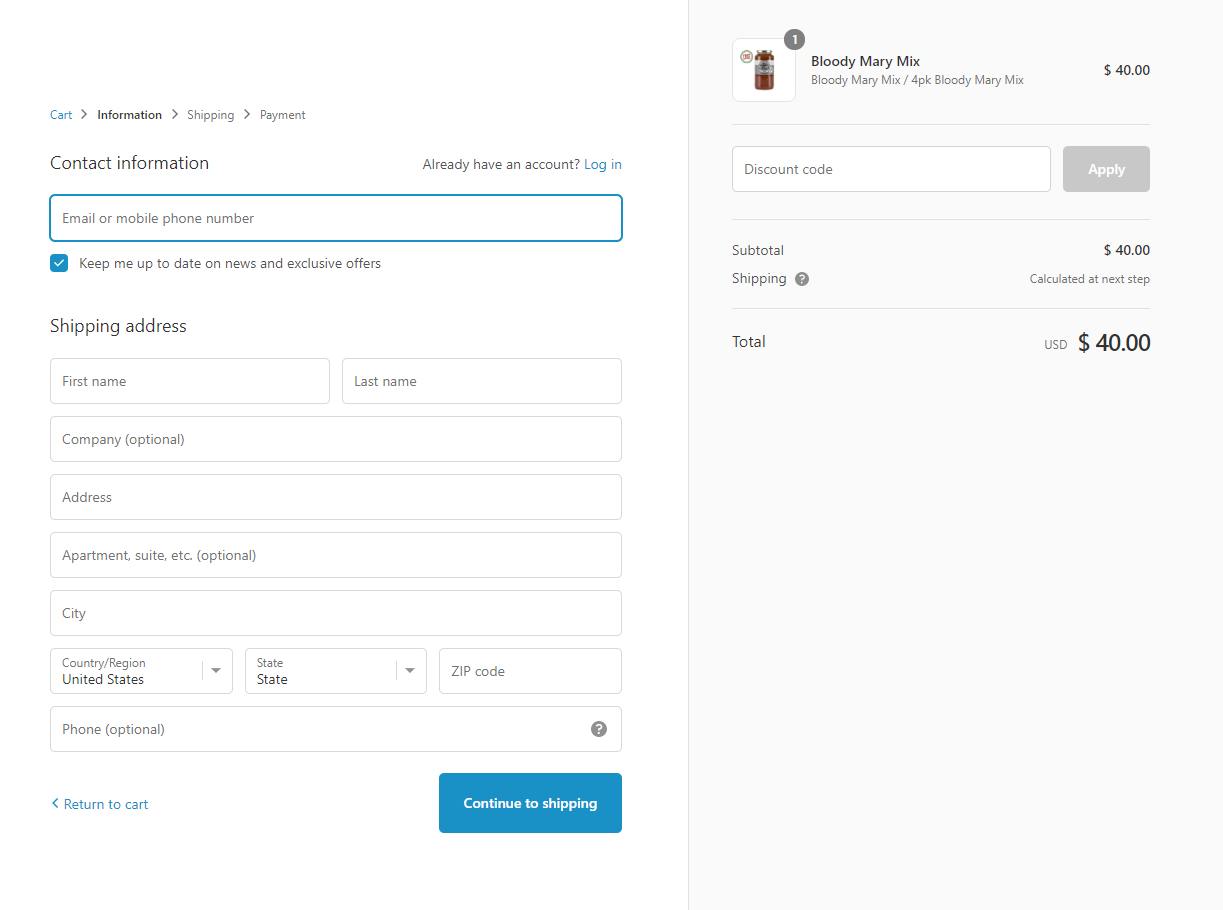
Shipping is one of the most common pain points of entrepreneurs, and shipping foods has additional challenges. There are a series of regulations that are involved. Especially if you are shipping outside of your country. Provide an easy form of shipping so your customers can receive their orders more quickly.
For cottage foods, it is not too hard to preserve and ship. But if you do a lot of business across the country or border, consider working with a third party warehouse to keep your products fresh. You don’t want your customers to have the frustration of receiving a bad food order.
Create an online store
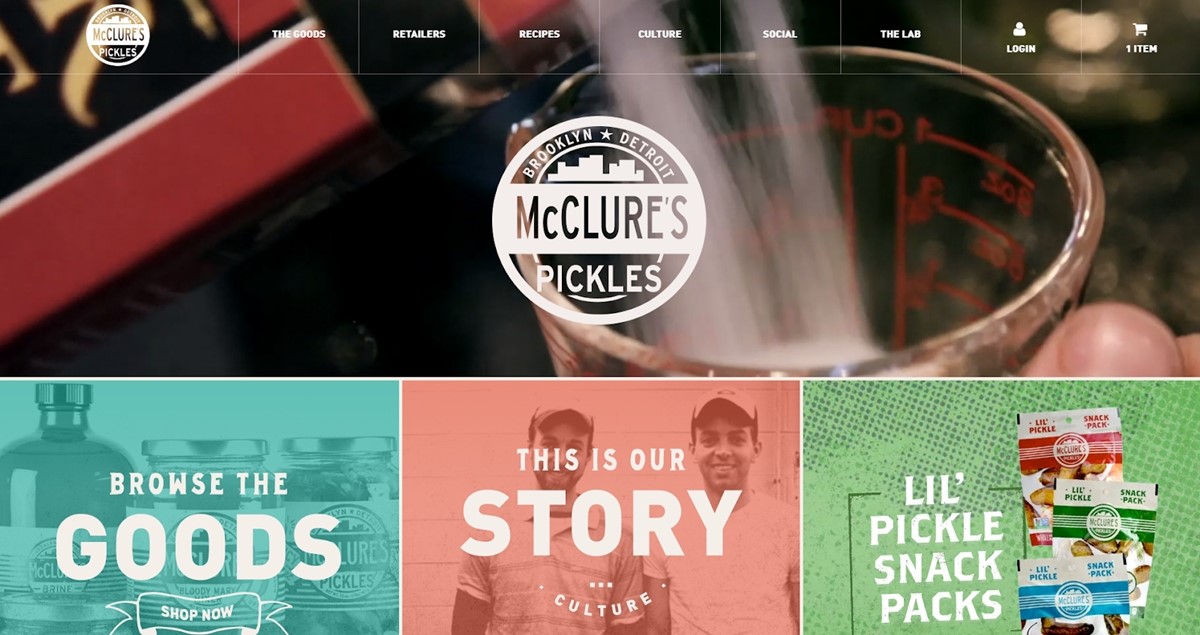
To set up your store, you have many options. Your homemade food products can be sold via your own social profile, new social pages, or an official website. For the third option, Shopify can help build an online store in less than thirty minutes, and you have 3 trial days to try things out.
The look and feel of your site is really important in influencing the customer to buy your food even before tasting it first. Consider having these elements on your social page or site:
- Excellent photography: You can hire a professional photographer or photoshoot yourself. Product packaging and close-up details are required to shoe texture and true colors, while lifestyle photography provokes emotion.
- Product page copy: Describe your food’s taste and texture in detail. Ingredient and allergy information need to be included too.
- A thorough FAQ page: Answer all the questions about ingredients, shipping, dietary information, and production process.
- Your story: Whether your site is the main source of sales or not, nurture is a tool to tell your story and connect with customers.
- Social proof: Prove that your product is loved or purchased by many. Adding a simple tool like AVADA’s Social Proof can help.
Marketing and content
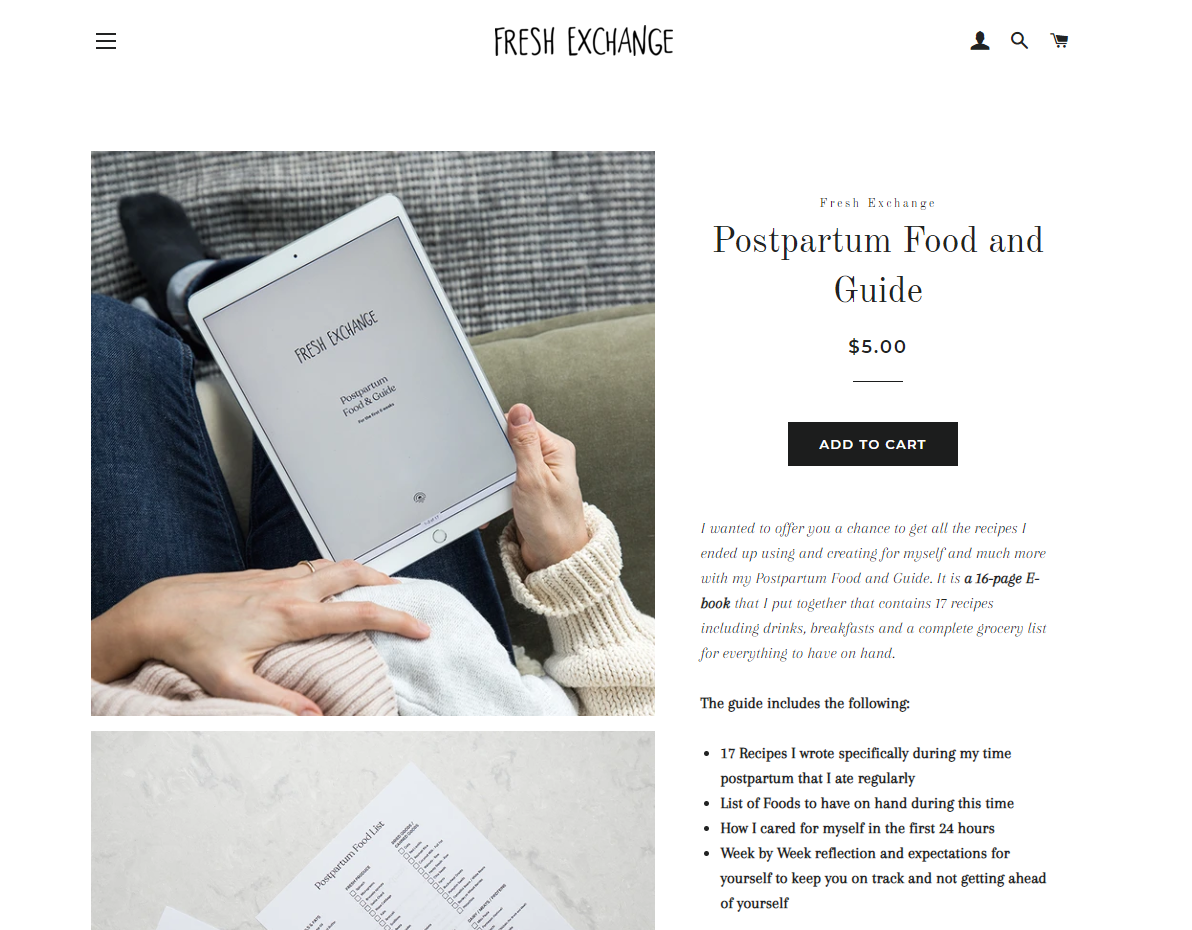
Promoting your homemade food products online is really important. In the absence of testing taste, you need to connect your customers to your story. Social media is where most interaction happens with visitors, so you need to engage with them actively. Influencers and word-of-mouth are also powerful to help your brand reach a wider audience. You can also grow your email list through your content.
With the current state of social media, it is important to update regularly. Your fans would love to know the inside of your home, how the food process works, and what kind of fun activities they can engage in. While it is a bit off topic, you can promote your products on the street as well by:
- Participating in farmer’s markets
- Running a pop-up store
- Partnering with restaurants or other relevant brands on a tasting event
- Inviting customers to join your food-making process
- Hosting a private event for influencers
- Joining a consumer food and beverage expo
These activities will make your brand more well-known and give prospective customers a chance to taste before buying. You can also produce content from them and boost your online sales number.
Some tips before selling homemade food products online
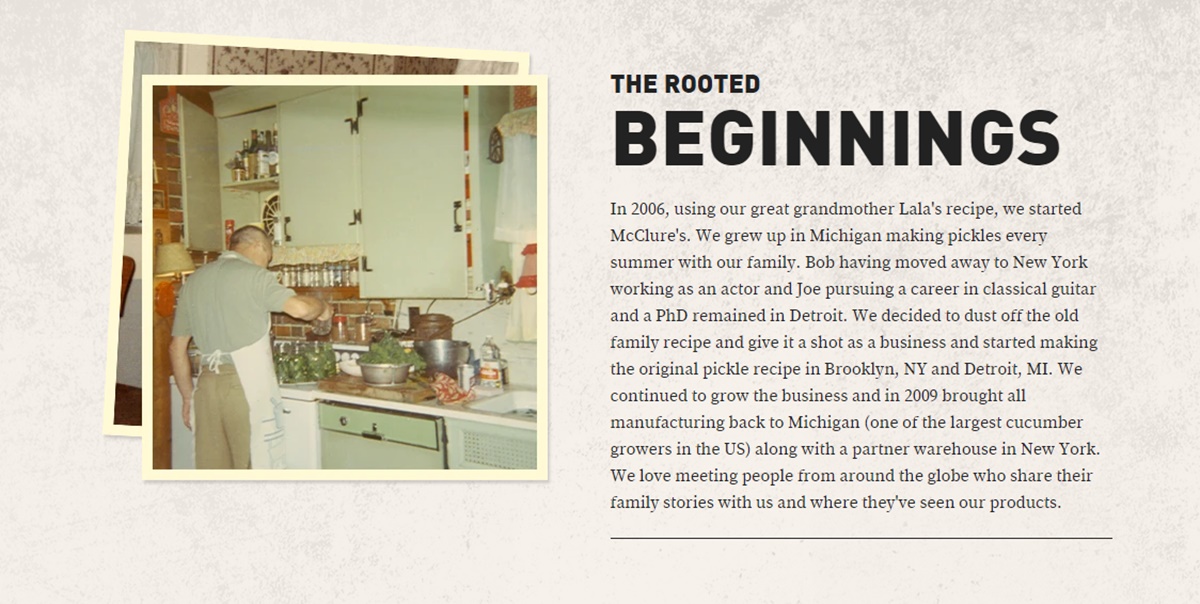
These are some best practices before you decide to sell homemade food products online:
- Don’t refer to yourself as a hobbyist: You are doing this for fun, maybe, but customers need to see you take the business seriously. Once you begin charging for your food, your earnest equal prospect’s trust.
- Test, taste, and tweak: Listen carefully to your customers’ feedback. Since you are producing in small batches at the start, it is not difficult to perfect your recipe and broaden its appeal.
- Your personality can sell: A pleasure in buying homemade food is finding the diamonds among the stones - the good taste that is not mass produced. Be proud of your brand, put on your picture, tell your story, and label it as a passionate product made at home.
- Work with a lab to test your foods: Your family members and friends may not get sick from eating your homemade food, but that doesn’t mean everyone won’t. People are allergic to many things, so labs can help you trace elements you may not know existed in your products.
- Get an insurance: A liability insurance covers all the legal lawsuits if your product gets people sick as well as you burning down your house accidentally.
- Make foods that you and your family truly enjoy: Finally, if things don’t work out in the worst case scenario, at least you can savour the tasty treat made by you.
Conclusion
Thanks for reading all the way to the end! Homemade food products are a challenging industry, but if you are passionate about it, you can make success with the right strategy. Learn from the experience and you can make the tastiest treat that everyone would like to order.
I hope this article helps you understand all the challenges and opportunities of starting a homemade food business. As an entrepreneur, tackling the hardest challenges is exactly the way to make a great ongoing success story. Best of luck on your eCommerce journey!
You Might Also Like:
New Posts







